Application of helium mass spectrometer leak detector for leak detection of square aluminum shell battery cells in the lithium battery industry
Date:2022-03-11 Views:4209
Why is Leak Detection a Must for Lithium-ion Battery Cells? Reason Analysis:
A typical power lithium-ion battery cell consists of a positive electrode, a negative electrode, a separator, and an electrolyte. These cells are arranged inside the packaging. Due to the rather active chemical properties of lithium metal, the production, processing, storage, and application of lithium metal have extremely high requirements for the working environment. For lithium-ion batteries, it is crucial to conduct leak detection mainly at the welding points of the outer shell. If the electrolyte inside the lithium battery leaks out due to the poor sealing performance of the outer shell, it can react violently with a humid environment, not only causing serious harm to the environment and workers but also affecting the service life of the equipment. Therefore, during the important processes of assembly and sealing (cylindrical and prismatic cells are sealed by welding) of lithium batteries, leak detection must be carried out. According to the production process, a helium mass spectrometer leak detector or a helium leak detection system can be selected.
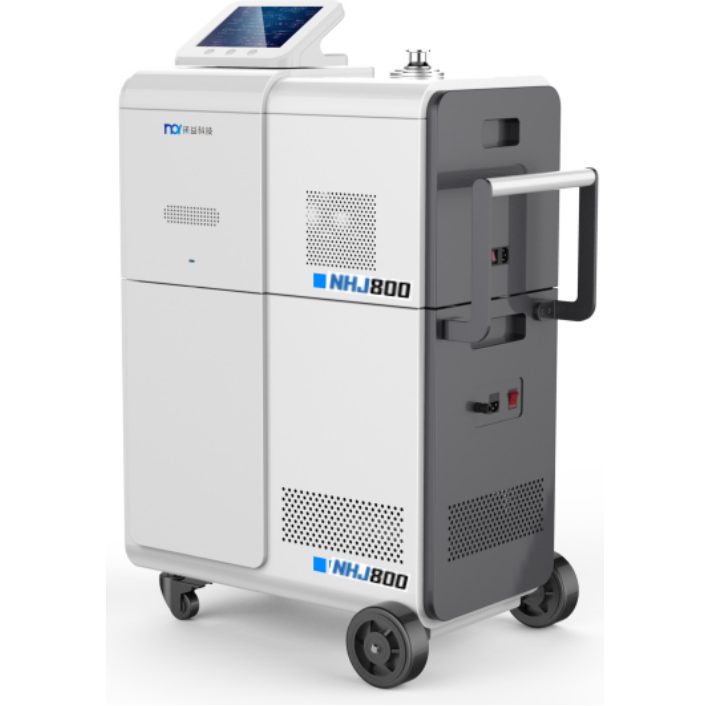
Many lithium battery companies have realized that in terms of sealing performance detection, replacing traditional gas detection with helium detection can significantly improve the leak detection efficiency and precision.
Safety is an eternal topic for power batteries. At present, various new energy vehicle battery manufacturers are actively improving production technologies and upgrading production lines to enhance product quality from the manufacturing level. At the same time, battery manufacturers are also using various inspection methods to further improve the safety of batteries. Among them, leak detection is an indispensable and important part of ensuring battery safety.
As is well known, leakage can cause many problems for lithium-ion batteries, such as the evaporation of the battery electrolyte, the penetration of moisture, swelling, etc., which can lead to a decline in the performance of lithium-ion batteries and even cause fires and explosions. The sealing performance of the battery shell directly determines the safety of the battery. Therefore, it is particularly important to improve the precision and efficiency of lithium-ion battery leak detection.
At present, many lithium battery companies have realized that in terms of sealing performance detection, replacing traditional gas detection with helium detection can greatly improve the leak detection efficiency and precision.
Battery modules and battery packs often have some kind of cooling channels. These channels are cooled by a mixture of water and ethylene glycol or by the refrigerant flowing through the air conditioning system of the vehicle. Moreover, the electronic modules that control the operation of the battery are usually also cooled to a certain extent by the mixture of water and ethylene glycol or the refrigerant. Therefore, for the cooling system, it is crucial to prevent the leakage of cooling water or refrigerant. When using a mixture of water and ethylene glycol for cooling, generally, a leakage rate of 10-3 mbar l/s (0.06 sccm) is set as the threshold. For the refrigerant circuit, the leakage rate must be kept within the range of 10-5 mbar l/s.
Battery packs are usually equipped with a shell. And the shell usually needs to meet the IP67 (or higher) water protection level, and its leakage rate is within the range of 5*10-3 mbar l/s.
Leakage Test of the Battery Pack Cooling Circuit
When testing the cooling circuit of the battery pack, it is recommended to first empty the cooling circuit of the battery and then refill it with helium. After that, move the sniffer probe of the helium leak detector in the detection area to scan all the welded/brazed structures. If there is a leak, the helium mass spectrometer leak detector will detect the helium gas escaping from the leak point. Moving the sniffer probe back and forth repeatedly can determine the exact leakage area. And the leak detector will detect the areas with a higher leakage rate, thus finding the exact leak point.
Conducting Leakage Tests by Sniffer Probe Leak Detection in Predefined Areas
Large battery packs need to be tested by manual or robotic sniffer probe leak detection. First, fill the battery pack shell with a synthetic gas (5% hydrogen, 95% nitrogen), and then move the sniffer probe of the helium sniffer probe leak detector in the areas where leakage may occur for detection (either manually or by machine). If the sniffer probe passes by the leak point while moving, it can detect the hydrogen in the escaping gas, thus determining the leak point.
From the perspective of product quality improvement, battery manufacturers will pay more and more attention to helium detection, and at the same time, they will also put forward higher requirements for helium detection equipment enterprises. Nuoyi Technology is committed to providing more reliable helium mass spectrometer leak detection equipment, bringing new helium detection ideas and solutions to the lithium battery industry, and further improving the safety and performance of domestic batteries. Nuoyi's helium mass spectrometer leak detectors have a complete product line, from portable helium mass spectrometer leak detectors to leak detection modules, providing negative pressure leak detection (vacuum method) and positive pressure leak detection (sniffer probe method) to meet various applications. The helium mass spectrometer leak detector can be used for single-machine leak detection and can also be integrated into the leak detection system or PLC. The fully automatic helium detection special machine independently developed by Nuoyi Technology for the new energy power lithium battery industry has stable and reliable performance in the leak detection processes before liquid injection (intermediate inspection) of the shells of aluminum-shell lithium batteries, plastic lithium batteries, square lithium batteries, and cylindrical batteries, and after liquid injection and helium sealing (finished product inspection) of the batteries.


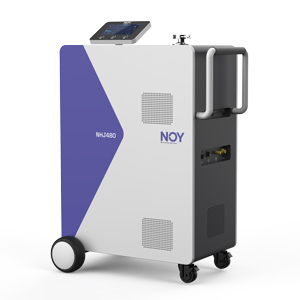
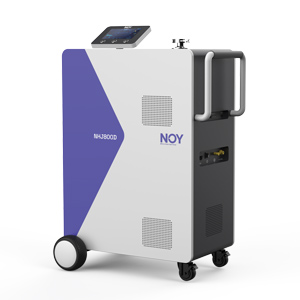
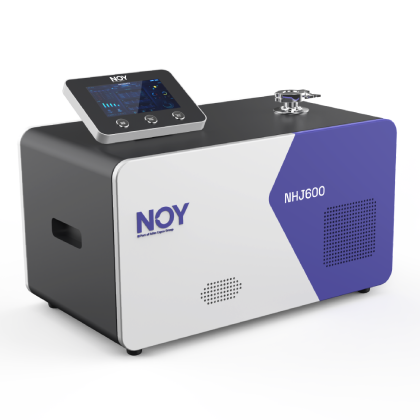
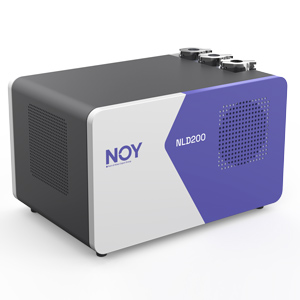
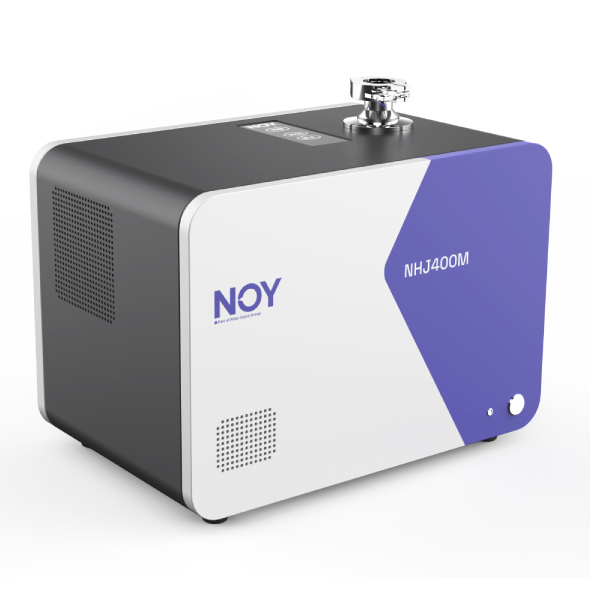
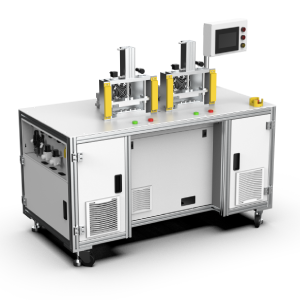

 Public Security Network Security Record in Anhui Province No. 34010302001915
Public Security Network Security Record in Anhui Province No. 34010302001915